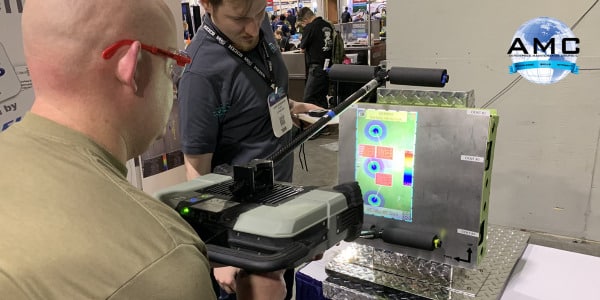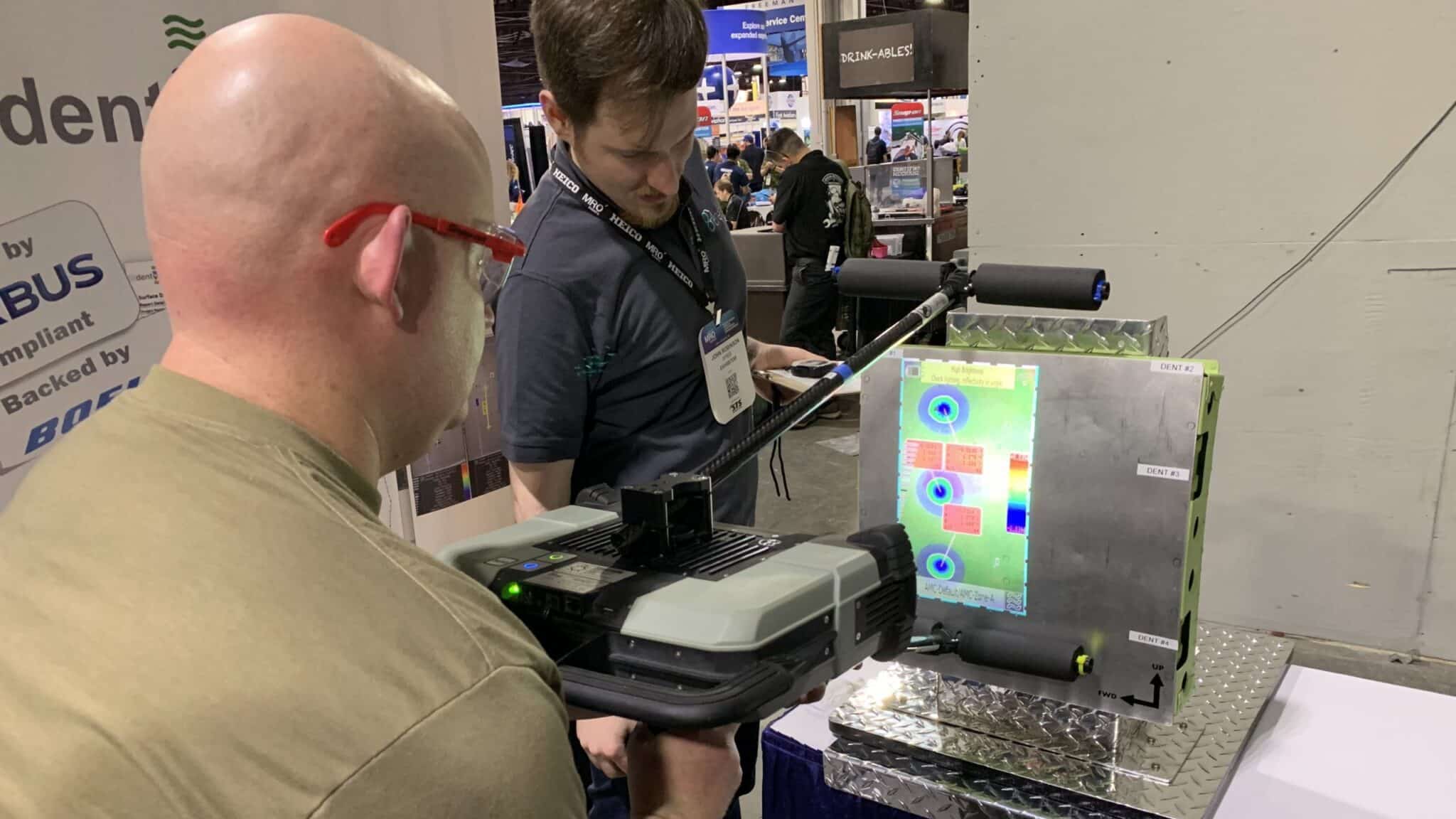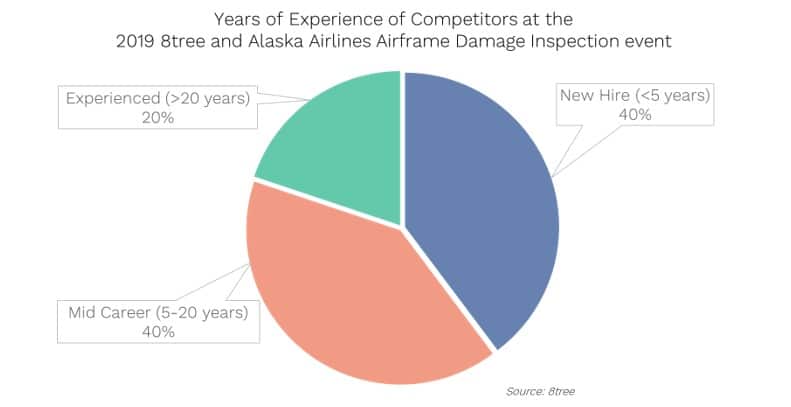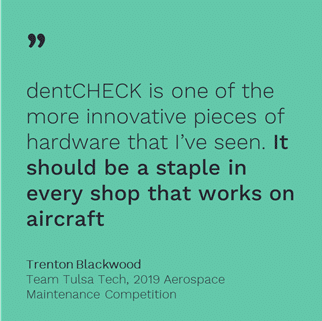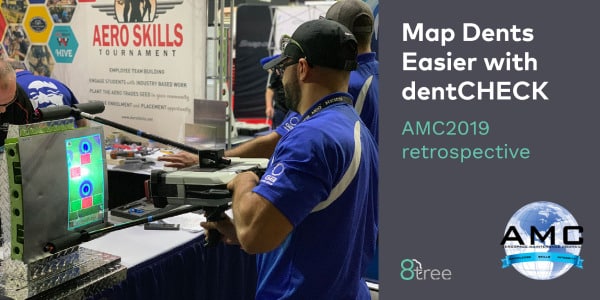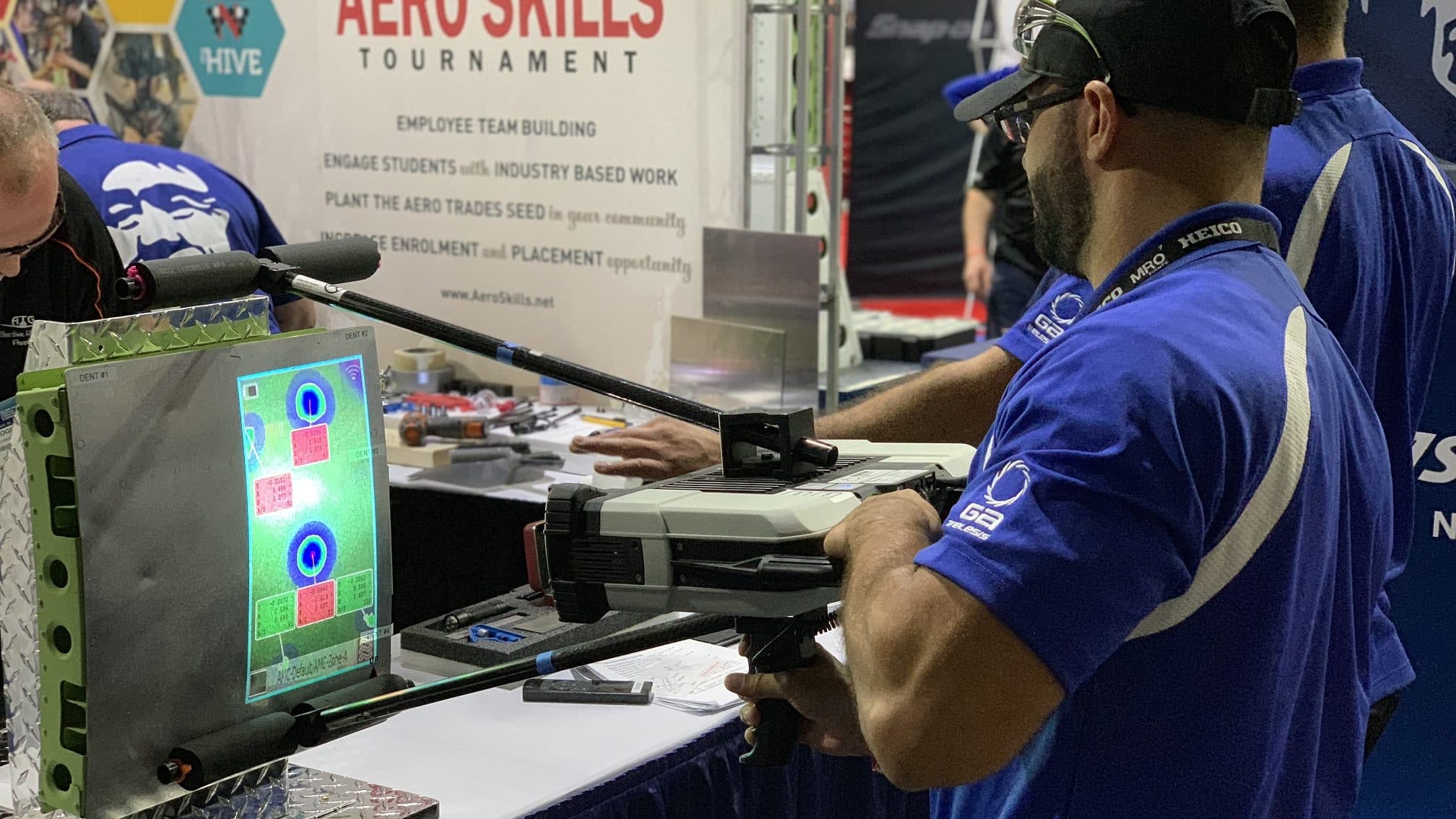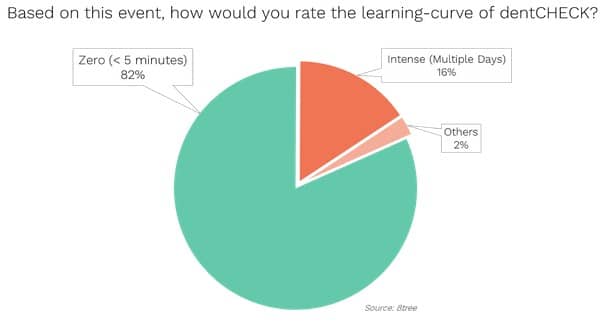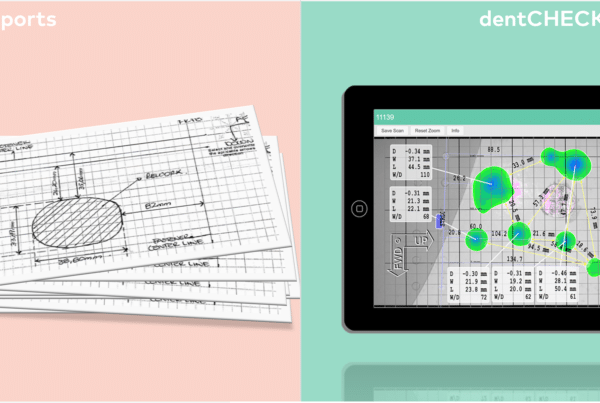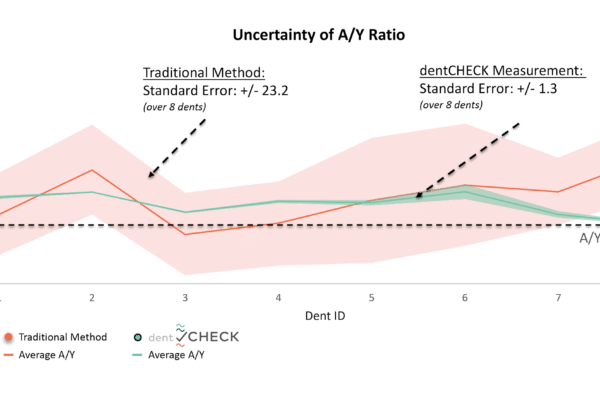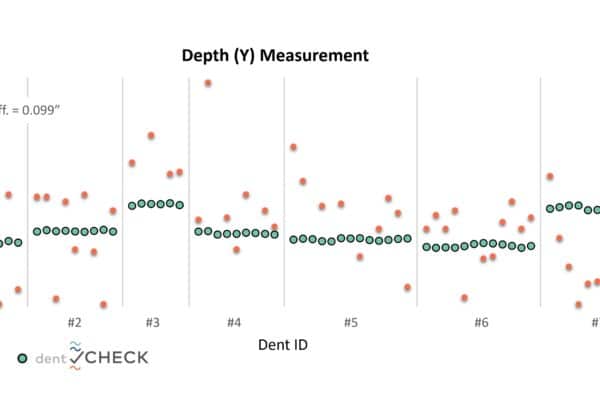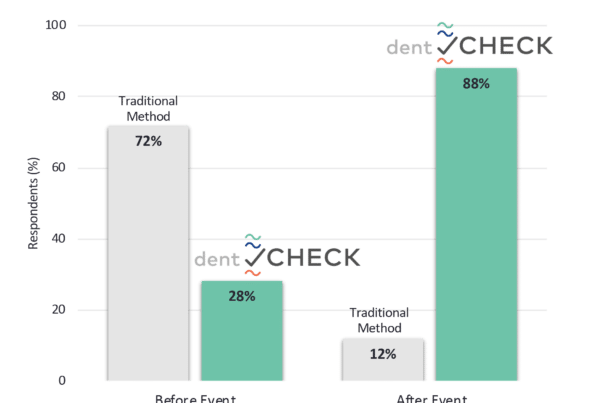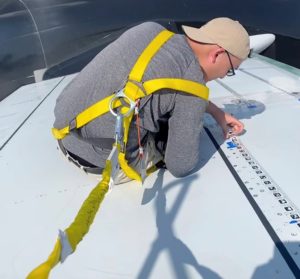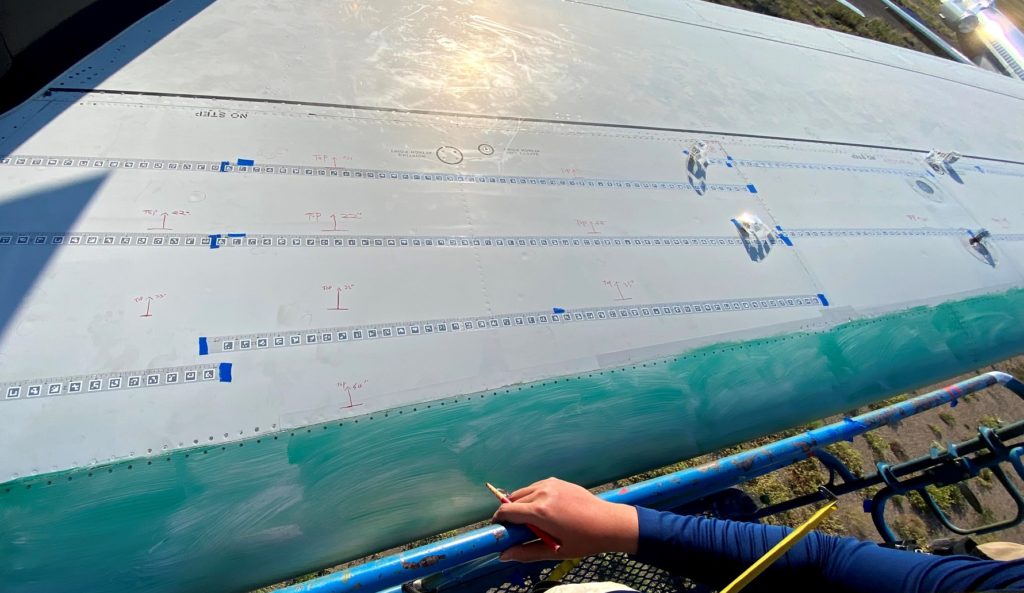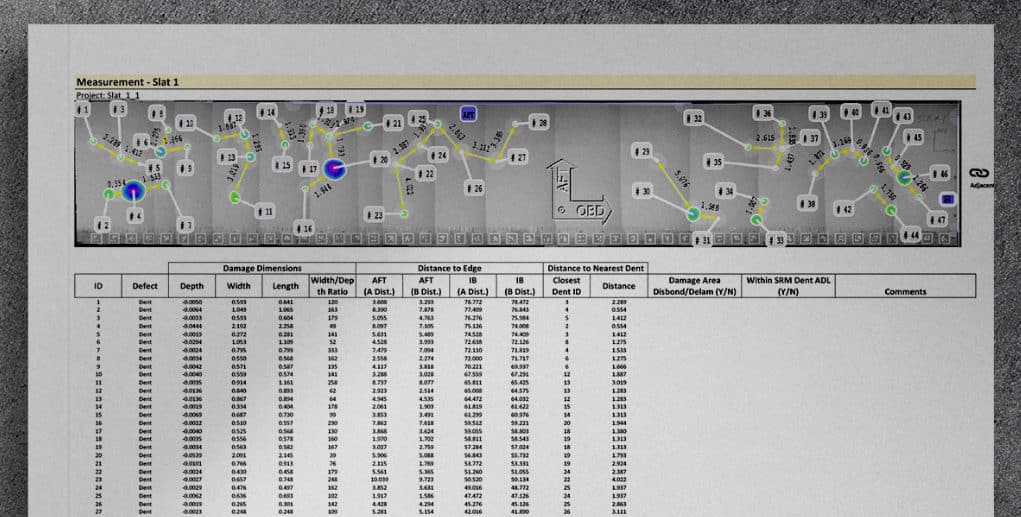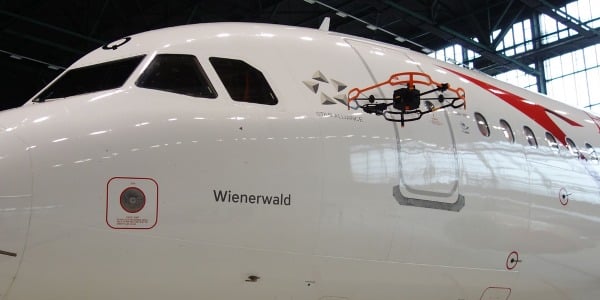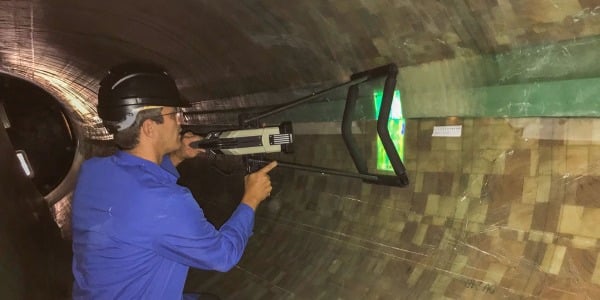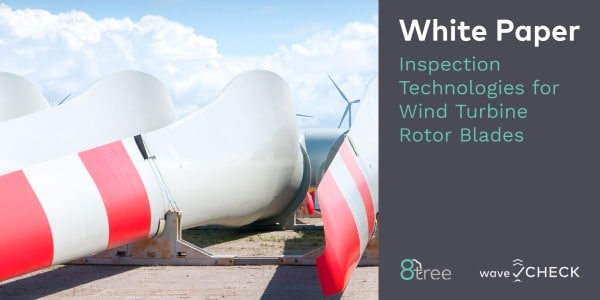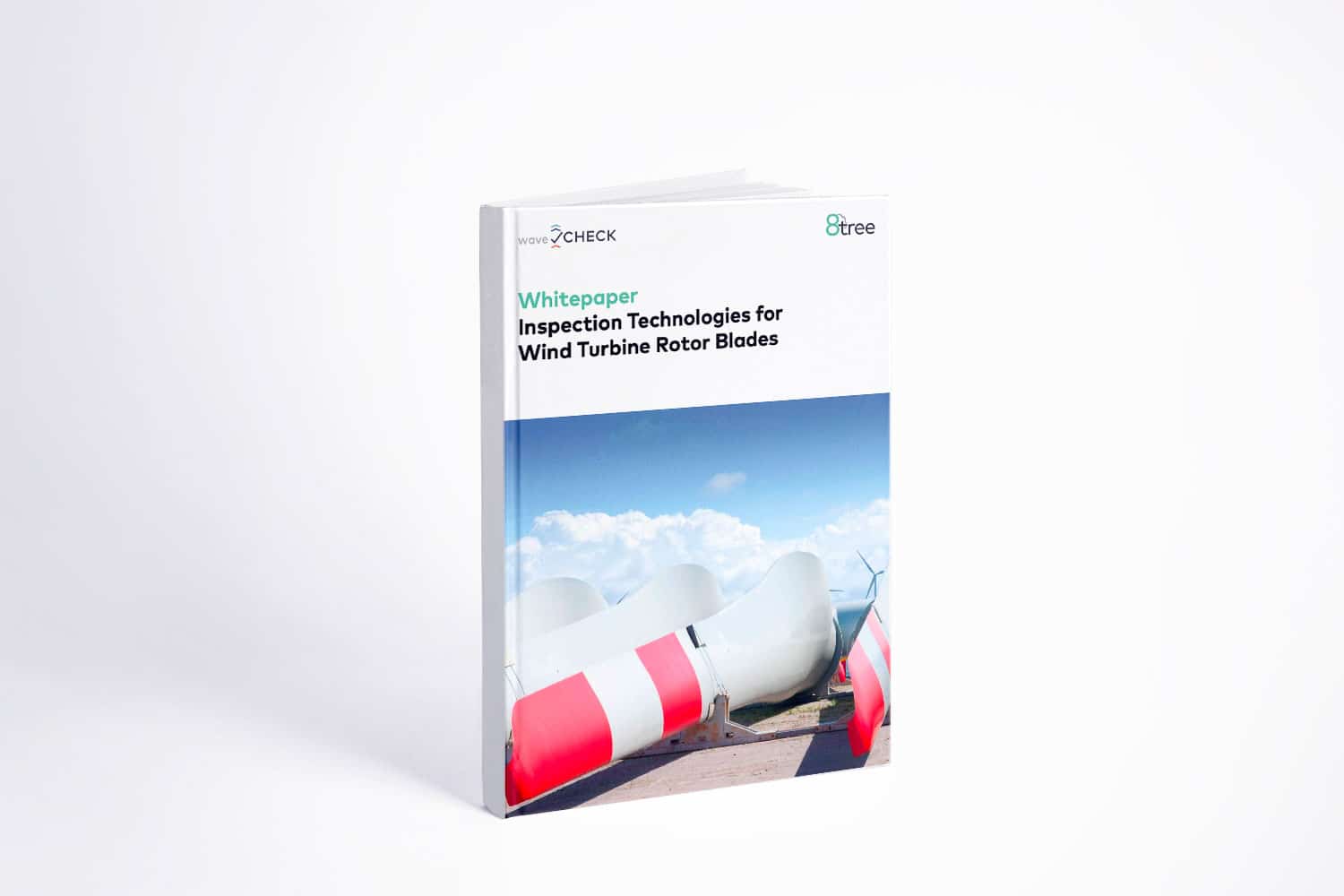
 8tree announces its new integration with Dent & Buckle. This integration combines Dent & Buckle’s powerful defect management software and 8tree’s advanced surface inspection technology, creating a truly streamlined solution for the aviation industry.
8tree announces its new integration with Dent & Buckle. This integration combines Dent & Buckle’s powerful defect management software and 8tree’s advanced surface inspection technology, creating a truly streamlined solution for the aviation industry.
This integration allows technicians to quickly link the measurement results and reports from dentCHECK with the relevant defect record raised within Dent & Buckle. The detailed Dent & Buckle reports will automatically include this dentCHECK information.
The integration aims to make it easier and faster for maintenance teams to assess, track, and manage aircraft structural defects with:
- Greater Precision: 8tree’s ISO17025-accredited surface inspection tools provide precise measurements of surface damage, which are included in Dent & Buckle’s defect records.
- Improved Efficiency: The integration facilitates rapid damage assessment and recording, reducing aircraft downtime and maintenance costs while increasing operational efficiency.
- Detailed Reporting: The integration enables easy generation of detailed reports that include 3D visuals and exact measurements, simplifying communication with maintenance crews and regulatory authorities.
“It has been a fantastic experience to work with the 8tree team. We quickly realized that we provide complimentary solutions to the aviation industry and that by integrating them, we will deliver significant value to the market. I am looking forward to growing our ongoing collaboration”, said Michal Schutty, CEO of Dent & Buckle.
“Based on the experience of our dozens of aviation and aerospace customers, we see significant efficiency gains when maintenance teams digitalize their workflows. The future is digital, and it is connected. At 8tree, we follow the customer’s needs. The overlap of dentCHECK users and Dent & Buckle customers has been waiting for this integration. Good to see it being rolled out”, said Leonard Buck, Marketing Manager at 8tree.
About Dent & Buckle:
Dent & Buckle is a hassle-free, fully featured solution for managing aircraft structural defect records. It’s a truly mobile and web-based system with accurate 3D aircraft models and powerful reporting that easily integrates with your eTechLog, MRO, and document management systems. Thanks to its modern interface, it is intuitive to use and thus quickly adopted by engineering teams with minimal training effort. It has proven to deliver measurable benefits to aircraft operators, MROs, and lessors by reducing operational delays and limiting the number of AOG events, saving a considerable number of man-hours when compiling data about the condition of the aircraft structure, especially during the lease return process.
About 8tree
8tree tools, technology and services boost your production quality with precision 3D measurement that is as simple as taking a photo.
The dentCHECK platform is the world’s only handheld-portable, completely wireless 3D scanner tool with integrated AR that is purpose-built for the aviation maintenance industry and recognized by all major aerospace OEMs. It can also be found integrated into drones and robotic automation cells. Leading Airlines & MROs across the Commercial, Military, Cargo and Business aviation sectors use 8tree’s dentCHECK tool and 8tree’s dentCHECK-as-a-service for mapping aircraft damage and creating detailed SRM-compliant digital damage reports.
With integrated AR, dentCHECK empowers the aircraft technician with instant, actionable measurements for critical airframe damage while boosting consistency (25x) and efficiency (90% time-savings) and eliminating human-subjectivity, compared to traditional manual inspection methods.
For more information, visit 8-tree.com.
For recent news, follow 8tree on LinkedIn.
Download Press Release as PDF
Marketing Manager
Get in contact
LinkedIn

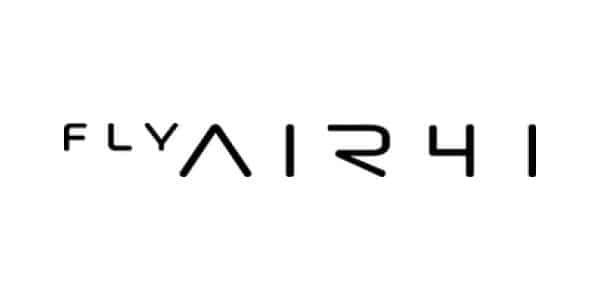
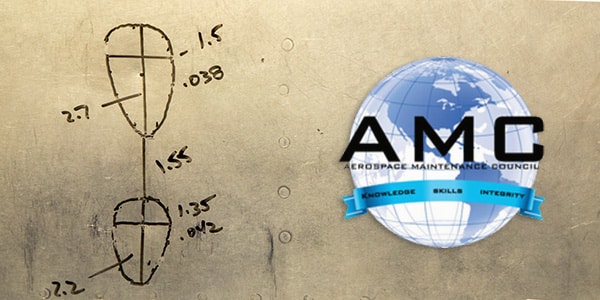
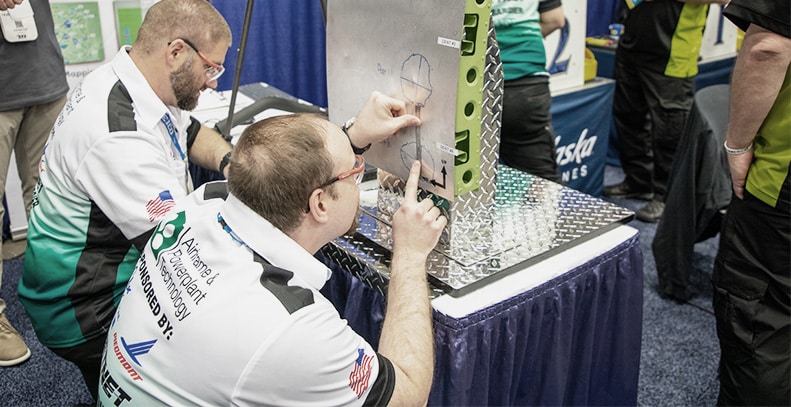 What is the Aerospace Maintenance Competition?
What is the Aerospace Maintenance Competition?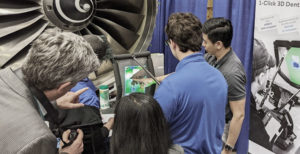 How similar is the competition to a ‘real-life’ aviation maintenance industry?
How similar is the competition to a ‘real-life’ aviation maintenance industry?